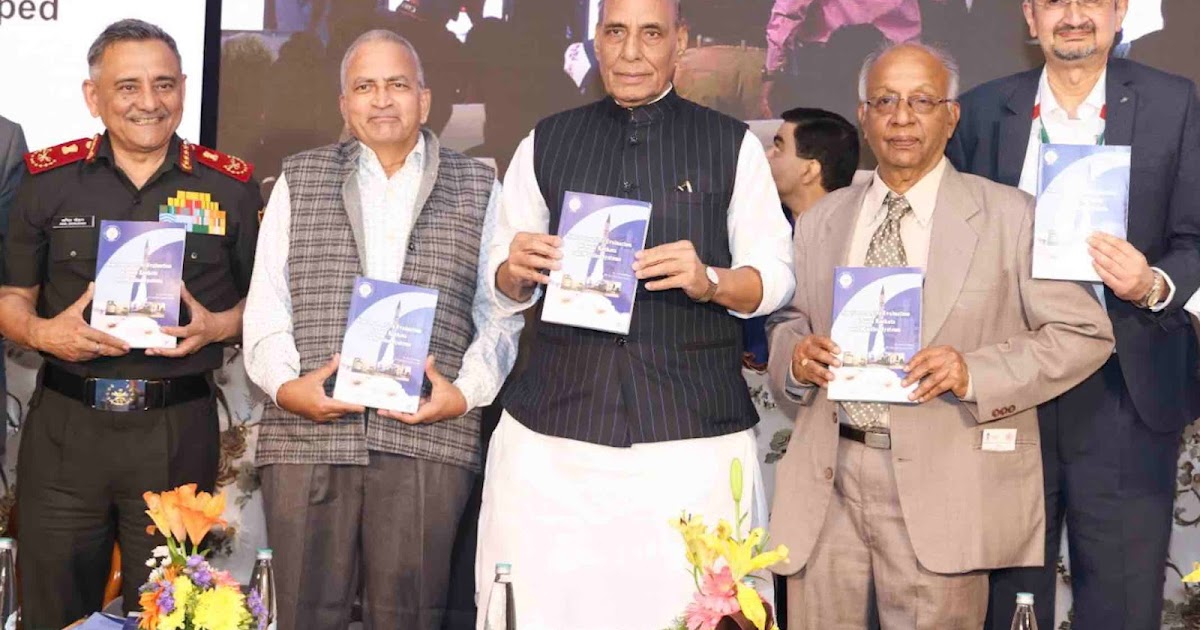
For Atmanirbharta to produce benefits, a large part of the costs of foreign purchases must be “localized”, or transferred to Indian shores
By Vikas Gupta
Unsigned Editorial
Defence News of India, 14 Feb 23
During the inauguration of the Aero India 2023 exhibition in Bangalore on Monday, Prime Minister Narendra Modiendorsed Defense Minister Rajnath Singh’s repeated calls to Atmanirbhar Bharat (Self-Governing India) – an India that meets its own defense armaments and equipment needs without relying on the “Original Equipment Manufacturers” (OEMs) that dominate the global military landscape. In a series of policy assertions over the past eight years, Mr Modi’s government has set ambitious goals that would lead to self-sufficiency and India’s transformation into one of the world’s largest defense manufacturing countries. in the world. The targets include expanding annual defense production to Rs 175,000 crore, taking defense exports from $1.5 billion to $5 billion by 2024-25, phasing out imports of multiple high-tech and complex weapons platforms and capacity building of Indian industry, especially Medium, Small and Micro Enterprises (MSMEs), which have traditionally been driving cutting-edge technological breakthroughs.
These measures were hinted at by Mr Modi as far back as 2015 when he first attended Aero India and raised the hopes of Indian defense manufacturers as well as global OEMs. Since then, many of the world’s major arms producers that have turned to India have begun to echo the Atmanirbhar Bharat call. But the numbers that are used tell a different story from strong overseas component in so-called “indigenous” platforms. The Sukhoi-30MKI and Tejas fighters, Hawk trainer, Dhruv helicopter and Dornier-228 aircraft are considered indigenous, but are actually 40-60% imported, according to the Parliament’s Standing Defense Committee. Similarly, Bharat Electronics imported 44% of the inputs it used in 2015-2016, Bharat Earth Movers Ltd imported 21.68%, and other Defense Public Sector Units (DPSU) and factories of ammunition (OF) have lower, but significant shares. . Adding these import costs would present the true picture of indigenization.
Indian policymakers need to understand that component manufacturing in aerospace and defense is only a negligible part of design, development, integration, maintenance, overhaul and upgrade weapons platforms; which are what add to the “life cycle cost” of this equipment. It is rarely appreciated that the ticket price of a weapons platform is barely one-fifth to one-seventh of its life cycle cost. For Atmanirbharta to produce profits, a large part of these costs must be “localized”, that is, transferred to Indian shores and borne by Indian workers. This can only happen when the Defense Research & Development Organization (DRDO), or large Indian private companies, carve out the lion’s share of these work steps. It is only when the OEM goes Indian that these lucrative work steps come to India, along with the intellectual property that leads to further work sharing. It is only now, after experiencing the benefits of the Tejas program, that the DRDO has begun to support the life cycle cost of weapon platforms such as the Advanced Medium Combat Aircraft, the Tejas Mark 2, the Akash, Astra, Helina, Nag and Pralay missiles, and the prototype Kaveri dry engine. India will need more such initiatives if it is to make real progress towards Atmanirbharta.






